Home>diy>Architecture & Design>How To Design A House According To Feng Shui
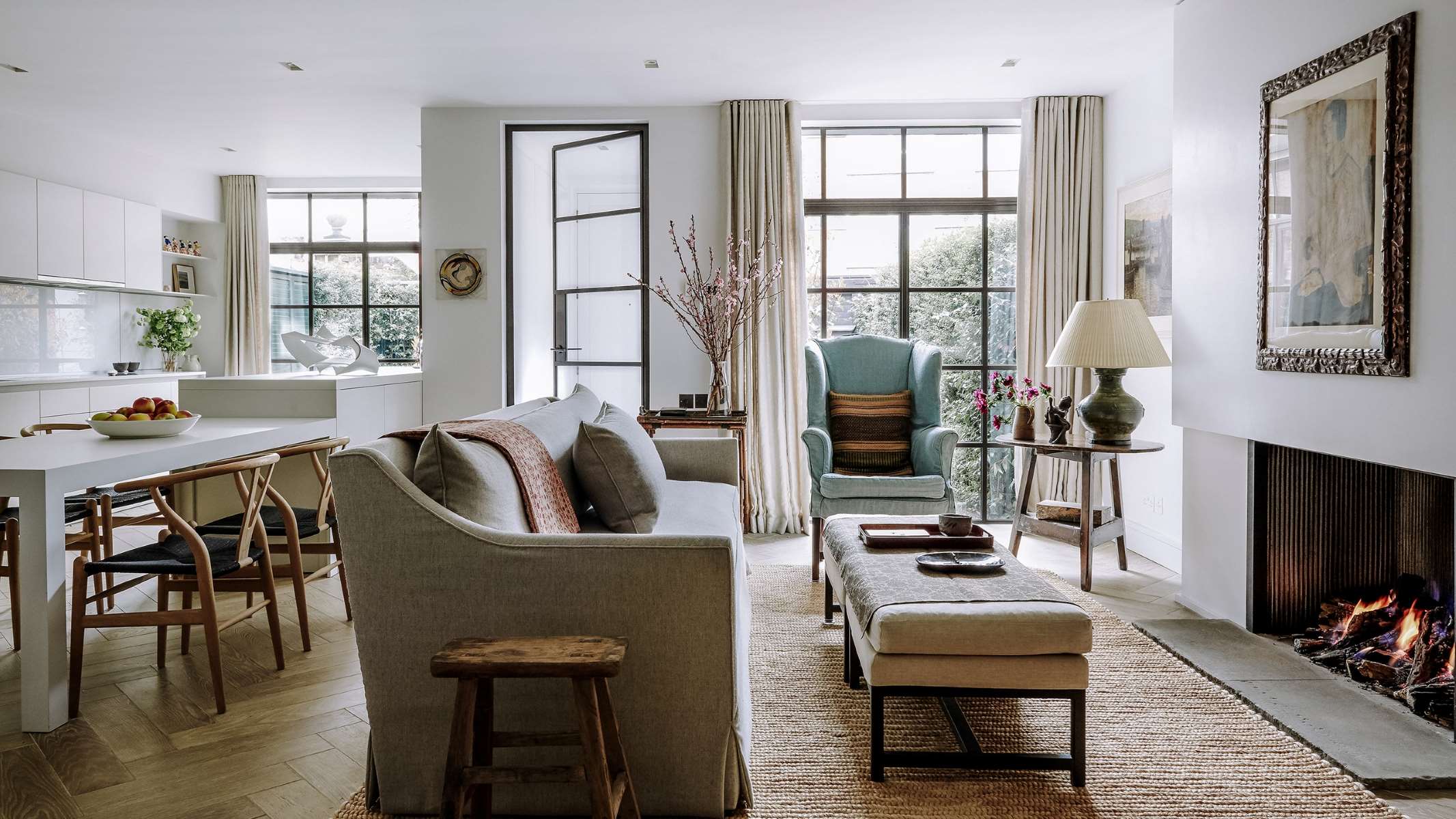

Architecture & Design
How To Design A House According To Feng Shui
Modified: January 19, 2024
Learn how to incorporate the principles of feng shui into your house design for optimal energy flow and harmonious living. Discover the secrets of architecture design with our comprehensive guide.
(Many of the links in this article redirect to a specific reviewed product. Your purchase of these products through affiliate links helps to generate commission for Storables.com, at no extra cost. Learn more)
Introduction
Welcome to the world of Feng Shui, an ancient Chinese philosophy and practice that focuses on creating harmonious and balanced environments. In recent years, Feng Shui has gained popularity worldwide as more people become aware of its potential benefits in creating a sense of peace, harmony, and positive energy in their homes.
When it comes to designing a house according to Feng Shui principles, there are several key factors to consider. From choosing the right location to optimizing the layout and selecting the right colors and materials, each decision plays a crucial role in creating a space that promotes health, happiness, and prosperity.
In this article, we will delve into the various aspects of house design according to Feng Shui principles. Whether you are building a new home or renovating an existing one, these insights will help you create a space that not only looks beautiful but also feels good and supports your overall well-being.
As we explore the world of Feng Shui in house design, keep in mind that there is no one-size-fits-all approach. Feng Shui is highly personalized, taking into account your unique needs, preferences, and the specific energy flow of the space.
So, let’s begin our journey into the art of Feng Shui house design, where beauty, functionality, and positive energy converge!
Key Takeaways:
- Embrace the ancient art of Feng Shui to design a harmonious home that supports well-being, prosperity, and positive energy flow. From choosing the right location to balancing yin and yang energies, every decision shapes the energy of your space.
- Trust your intuition and personalize your Feng Shui design to create a nurturing sanctuary that resonates with your intentions. By incorporating natural elements, balancing colors, and optimizing furniture placement, you can craft a home that uplifts and energizes.
Read more: Where To Put Mirrors According To Feng Shui
Understanding Feng Shui
Feng Shui is a traditional Chinese practice that focuses on the arrangement and flow of energy, known as qi, in the environment. It is based on the belief that everything in the universe is interconnected and that the energy around us can influence our well-being, relationships, and success.
Feng Shui translates to “wind and water,” symbolizing the flow of qi. It is rooted in the Taoist philosophy of balance and harmony. The goal of Feng Shui is to create a space that promotes positive energy, enhances the flow of qi, and aligns with the natural elements.
In Feng Shui, the energy of a space is classified into two opposing forces: yin and yang. Yin represents feminine, passive, and peaceful energy, while yang represents masculine, active, and vibrant energy. The key to Feng Shui is achieving a harmonious balance between these opposing forces.
One of the fundamental principles of Feng Shui is the Bagua map, which is used to analyze the energy flow in different areas of a space. The Bagua map divides a space into nine zones, each representing a different aspect of life, such as wealth, health, relationships, and career. By understanding the energy distribution in each zone, adjustments can be made to optimize the flow of qi and enhance specific areas of life.
When designing a house according to Feng Shui, it is crucial to consider the five elements: wood, fire, earth, metal, and water. Each element corresponds to different qualities and can be used to balance and enhance the energy in a space. For example, wood represents growth and vitality, while fire symbolizes passion and transformation.
Another important aspect of Feng Shui is the use of colors and materials. Colors are believed to have specific energies that can affect our mood and well-being. For instance, warm colors like red and orange are associated with passion and stimulation, while cool colors like blue and green evoke calmness and tranquility. Similarly, materials like wood and stone bring grounding energy, while metals add a sense of clarity and precision.
Overall, understanding Feng Shui is about creating an environment that supports our physical, emotional, and spiritual well-being. By aligning our space with the principles of Feng Shui, we can cultivate positive energy, enhance our life experiences, and create a harmonious sanctuary that nourishes and sustains us.
Choosing the Right Location
The location of your home plays a crucial role in implementing Feng Shui principles. It sets the foundation for the energy flow and determines the overall ambiance of the space. When choosing a location for your house, consider the following factors:
- Surrounding Landscape: Look for a location that has a balanced and serene natural environment. Avoid sites near busy roads, power lines, or other structures that may disrupt the flow of energy.
- Orientation: The orientation of the house in relation to the cardinal directions is important in Feng Shui. Ideally, the main entrance should face an auspicious direction, such as east for growth and new beginnings, or north for career and opportunities.
- Elevation: A house situated on higher ground not only offers better views but also represents an elevation of energy. It is believed to promote a sense of security and empowerment.
- Water Features: If possible, consider a location near natural water features like rivers, lakes, or ponds. Water represents wealth and abundance in Feng Shui and can enhance the energy of your home.
When considering the location, it is also important to consult with a qualified Feng Shui practitioner to analyze the energy flow of the specific site. They can provide guidance on any adjustments or enhancements that may be needed to optimize the energy of the space.
Remember, the goal is to create a harmonious and balanced environment that supports your well-being. By choosing the right location for your house, you lay the foundation for a space that is aligned with the principles of Feng Shui and promotes positive energy flow.
The Importance of the Front Entrance
The front entrance of a house holds significant importance in Feng Shui as it is the main portal through which energy enters and circulates in the home. It is often referred to as the “mouth of qi,” representing the flow of nourishing energy into the space. Here are some key considerations when it comes to the front entrance:
- Clear and Welcoming Pathway: Ensure that the pathway leading to the front entrance is clear and unobstructed. Remove any clutter, overgrown plants, or debris that may hinder the flow of energy. A clean and welcoming pathway invites positive energy into the home.
- Proper Lighting: Adequate lighting at the front entrance ensures a bright and vibrant entryway. Good lighting promotes positive energy and creates a warm and inviting atmosphere. Consider installing bright outdoor lights or feature lighting to enhance the energy at the entrance.
- Balance and Symmetry: Incorporate elements of balance and symmetry in the design of the front entrance. This can be achieved through the use of symmetrical architectural features, such as matching plants on either side of the door or a balanced arrangement of decorative items.
- Auspicious Colors: Choose colors for the front entrance that are in harmony with the bagua energy map. For example, a red door is considered auspicious for inviting prosperity and good luck, while a green door symbolizes growth and new beginnings. Select colors that resonate with your intentions and the energy you want to attract.
- Chi Attracting Elements: Add elements that attract positive energy, such as a welcome mat, potted plants, wind chimes, or a pleasant aroma. These elements stimulate the flow of chi and create a harmonious and inviting entryway.
By paying attention to the design and energy of the front entrance, you can create a welcoming and auspicious entryway that sets the tone for the entire home. It not only invites positive energy but also creates a pleasant and inviting space that uplifts the spirits of those who enter.
Optimizing the Layout and Flow of Energy
The layout and flow of energy within a home are crucial aspects of Feng Shui design. By optimizing the arrangement and flow of furniture and ensuring a smooth energy circulation, you can create a harmonious and balanced living space. Here are some tips to help you optimize the layout and flow of energy in your home:
- Clear Clutter: Clutter not only creates a physical mess but also blocks the flow of energy. Clear out any unnecessary items and keep your space organized and tidy. A clutter-free environment allows energy to flow freely and promotes a sense of calmness.
- Open Space: Create open and spacious areas within your home. Avoid overcrowding rooms with excessive furniture, as it can restrict the flow of energy. Allow for a natural flow of movement and ensure that each room is well-ventilated and well-lit.
- Avoid Sharp Corners: Sharp corners of furniture or walls can create “poison arrows” that disrupt the flow of energy. If possible, round off sharp edges or place decorative items or plants to soften the energy and redirect its flow.
- Arrangement of Furniture: Position furniture in a way that promotes conversation and interaction. Arrange seating areas to face each other rather than facing away, as this encourages harmonious relationships and communication.
- Balance Yin and Yang: Seek a balance between yin and yang energies within your space. Yin energy is soft, nurturing, and passive, while yang energy is active, vibrant, and dynamic. Incorporate elements of both energies in each room to create a harmonious balance.
- Use Mirrors Wisely: Mirrors can be powerful tools in Feng Shui design as they can reflect and amplify energy. Place mirrors strategically to enhance natural light, create a sense of spaciousness, and redirect energy in areas where it may be stagnant.
When optimizing the layout and flow of energy, trust your intuition and pay attention to how you feel in each space. The goal is to create a nurturing and supportive environment that promotes well-being and positive energy. By implementing these principles, you can create a harmonious and balanced home that uplifts and energizes both you and your guests.
Incorporating Natural Elements
Nature holds a powerful influence in Feng Shui. Incorporating natural elements in your home can help create a harmonious and balanced environment. Here are some ways you can bring the beauty of nature into your space:
- Indoor Plants: Add indoor plants to your home to purify the air and infuse the space with vibrant energy. Plants also symbolize growth and abundance. Choose plants with rounded leaves, as they promote a sense of harmony.
- Natural Light: Maximize the use of natural light in your home. Open up curtains and blinds during the day to let in natural sunlight. Natural light not only brightens up the space but also helps improve the overall energy in the home.
- Wood Furniture and Accents: Incorporate wood furniture or accents into your home’s design. Wood represents growth and vitality in Feng Shui. Choose furniture made from sustainable sources and opt for natural wood finishes for a warm and grounding energy.
- Natural Materials: Choose natural materials like stone, bamboo, and cotton for your flooring, furniture, and decor. These materials have a calming and grounding effect, connecting your home with the natural world.
- Nature-Inspired Artwork: Hang artwork or photographs that showcase nature and evoke a sense of tranquility and serenity. Scenes of landscapes, oceans, or forests can help bring the energy of nature into your space.
- Water Features: Consider adding a water feature, such as a small fountain or an aquarium, to your home. Water symbolizes wealth and abundance in Feng Shui and can enhance the flow of positive energy.
Incorporating natural elements in your home not only adds aesthetic appeal but also creates a soothing and rejuvenating atmosphere. By bringing the energy of the natural world indoors, you align your space with the principles of Feng Shui and invite a sense of balance and harmony into your home.
Balancing Yin and Yang
In Feng Shui, achieving a harmonious balance between yin and yang energies is essential for creating a balanced and harmonious living space. Yin represents feminine, passive, and cool energy, while yang represents masculine, active, and warm energy. Here are some ways to balance yin and yang in your home:
- Color Balance: Use a combination of warm and cool colors to create balance. For example, if a room has predominantly warm colors like red or orange, balance it with cooler colors like blue or green. Color balance helps create a harmonious and visually pleasing space.
- Texture and Materials: Incorporate a mix of different textures and materials in your home design. Soft and cozy textures like plush rugs or fluffy pillows add yin energy, while smooth and shiny surfaces like glass or metal add yang energy. Finding the right balance of textures enhances the overall energy flow.
- Furniture Placement: Arrange your furniture in a way that balances yin and yang energies. Balance soft and comfortable pieces with more structured and angular ones. For example, pair a plush sofa with a sleek coffee table or mix curved and straight lines in your furniture arrangements.
- Lighting: Balance the lighting in your space by combining soft, ambient lighting with brighter task lighting. This creates a balance of yin and yang energies and allows you to adjust the lighting based on different needs and moods.
- Nature and Elements: Incorporate elements from both yin and yang categories of nature. For example, bring in plants for their yin energy and incorporate candles or a fireplace for their yang energy. Balancing natural elements helps create a sense of equilibrium within your space.
- Mindful Decluttering: Strike a balance between keeping a clutter-free space and adding personal touches. Too much clutter can create stagnant energy, while a completely sterile space can lack warmth. Find the right balance that allows energy to flow freely while reflecting your personality and interests.
By consciously incorporating both yin and yang elements, you can create a well-balanced and harmonious living space. Striving for balance in all aspects of your home design allows for a nurturing and energizing environment that supports your well-being.
Selecting Colors and Materials
Colors and materials play a significant role in Feng Shui as they have the power to influence the energy in your home. Choosing the right colors and materials can enhance the overall harmony and balance in your space. Here are some tips to guide you in selecting colors and materials for your home:
- Understanding the Five Elements: Each color and material is associated with one of the five elements in Feng Shui: wood, fire, earth, metal, and water. Understanding their qualities and symbolism can help you create a harmonious balance within your space.
- Wood: Incorporate wood elements and colors into areas where you want to encourage growth and vitality. Use shades of green and natural wooden surfaces to add a sense of harmony and renewal.
- Fire: To bring warmth, passion, and energy, incorporate fiery colors like red, orange, and vibrant shades of pink. Carefully balance these colors, as they can be intense in large doses.
- Earth: Earthy tones like beige, brown, and sandy colors create a sense of stability and grounding. Use them in living rooms, bedrooms, or areas where you want to create a relaxed and nurturing atmosphere.
- Metal: Incorporate metal elements in white, gray, or metallic shades to add clarity and precision to your space. Use them in areas where you want to enhance focus and concentration, such as home offices or study areas.
- Water: Bring the calming energy of water into your space with shades of blue or black. These colors help create a sense of peace and tranquility. Use them in bedrooms, bathrooms, or areas dedicated to relaxation.
- Color Combinations: Pay attention to color combinations to create a harmonious and balanced palette. For example, pair warm colors with cool ones to find the right balance of energy. Use contrasting colors strategically to create visual interest and balance.
- Natural Materials: Choose natural and sustainable materials whenever possible. Natural materials like wood, stone, and cotton not only add visual appeal but also connect your space with the natural world, enhancing the overall balance and energy flow.
- Holistic Approach: Consider how colors and materials affect different areas of your home and their corresponding bagua areas. For example, use soothing colors and soft textures in bedrooms to promote restful sleep, or energizing colors in the kitchen to enhance vitality.
Remember, the key is to create a balance in your color and material choices. Listen to your intuition, pay attention to your personal preferences, and aim for a harmonious blend of colors and materials that uplift and support the energy in your home.
When designing a house according to Feng Shui, prioritize natural light and good air circulation to promote positive energy flow. Avoid clutter and keep the space organized to maintain harmony and balance.
Positioning Furniture and Decor
The positioning of furniture and decor in your home is essential for creating a harmonious and balanced environment according to Feng Shui principles. The placement of items can affect the flow of energy and impact different areas of your life. Here are some guidelines on how to position furniture and decor:
- Main Entry: Ensure that the main entry area is clear and uncluttered. It should provide a smooth and welcoming flow of energy into your home. Avoid placing any large furniture or obstacles near the entrance that may block the energy or create a sense of obstruction.
- Layout and Flow: Arrange furniture in a way that promotes an easy and natural flow of movement within each room. Avoid arranging furniture in a way that blocks pathways or restricts the flow of energy. Ensure that there is ample space to move around freely.
- Commanding Position: Position key furniture pieces, such as the bed in the bedroom or the desk in the office, in a commanding position. This means that you have a clear view of the entrance without being directly in line with the door. It helps you feel more secure and in control of the space.
- Balance and Symmetry: Create a sense of balance and symmetry in your space by evenly distributing furniture and decor. For example, if you have a large sofa on one side of the living room, balance it with a corresponding piece or a grouping of chairs on the other side.
- Avoid Sharp Corners: Arrange furniture and decor in a way that eliminates sharp corners or angles. Sharp corners can create “poison arrows” that disrupt the flow of energy in the space. Opt for furniture with rounded edges or place decorative items to soften the energy.
- Represent the Bagua Map: Position furniture and decor in a way that represents the Bagua Map, which divides the space into nine areas corresponding to different aspects of life. For example, place a water feature or a mirror in the career or wealth area to enhance those aspects of your life.
- Balance Yin and Yang: Strike a balance between yin and yang energies in each room. Incorporate elements of softness and comfort, such as plush pillows or cozy throws, with more structured and angular elements, like a solid coffee table or a sleek lamp.
- Showcase Personal Items: Display meaningful and cherished items in your home. These could be family photos, sentimental objects, or artwork that resonates with you. Surrounding yourself with personal items that bring you joy and positive memories contributes to a nurturing and supportive environment.
By carefully positioning furniture and decor in your home, you can create a space that supports positive energy flow and enhances different areas of your life. Experiment with different arrangements, trust your intuition, and aim for a balanced and harmonious environment that reflects your personal style and promotes well-being.
Enhancing the Bedroom for Restful Sleep
The bedroom is a sanctuary for rest and rejuvenation, and creating a space that promotes restful sleep is essential for overall well-being. According to Feng Shui principles, the arrangement and energy in the bedroom can significantly impact the quality of sleep. Here are some tips for enhancing your bedroom for restful sleep:
- Bed Placement: Position your bed in a commanding position, facing the door but not directly in line with it. This allows you to have a clear view of the door while feeling secure and supported in the room.
- Headboard Stability: Ensure that your bed has a sturdy headboard that provides a sense of stability and support. Avoid headboards with sharp edges, as they can create a sense of unease. Upholstered headboards or those made of natural materials are recommended for a comfortable and calming atmosphere.
- Minimal Electronics: Remove or minimize the presence of electronics in the bedroom as they emit electromagnetic energy that can disrupt sleep. Keep electronic devices like phones, tablets, or televisions away from the bed to create a conducive environment for rest.
- Soft Lighting: Opt for soft and soothing lighting in the bedroom. Avoid bright or harsh lights, especially before bedtime. Consider using dimmer switches or lamps with warm-toned bulbs to create a calming ambiance that prepares you for sleep.
- Clutter-Free Environment: Keep the bedroom clutter-free and organized. Clutter can create stagnant energy and make it difficult to relax. Maintain a clean and serene space by ensuring that items are properly stored and surfaces are clear.
- Calming Colors: Choose calming colors for the bedroom walls, such as soft blues, gentle greens, or muted neutrals. These colors promote a sense of tranquility and relaxation, setting the mood for restful sleep.
- Comfortable Bedding: Invest in comfortable and high-quality bedding. Choose mattresses, pillows, and bedding that provide proper support and align with your personal preferences. Opt for natural materials like cotton or bamboo for a breathable and soothing sleep environment.
- Natural Elements: Incorporate natural elements into the bedroom design. Bring in indoor plants or add touches of wood to create a connection with nature. Natural elements have a calming and grounding effect, promoting a peaceful sleep atmosphere.
- Remove Mirrors: Remove or cover any mirrors in the bedroom, especially those that directly face the bed. Mirrors can create a sense of restlessness and disturb the energy in the room. If mirrors are essential, ensure they are not directly facing the bed and cover them at night.
By implementing these tips, you can transform your bedroom into a serene and nurturing space that promotes restful sleep. Remember, the goal is to create an environment that supports relaxation, tranquility, and a sense of rejuvenation, allowing you to wake up refreshed and ready to embrace the day.
Creating a Harmonious Kitchen
The kitchen is often considered the heart of the home, where nourishment and nourishing energy thrive. In Feng Shui, creating a harmonious kitchen is vital as it influences the health and abundance of the household. Here are some tips for creating a harmonious kitchen:
- Optimal Layout: Aim for an efficient and well-organized kitchen layout that allows for smooth movement and easy access to essential items. Keep the stove, sink, and refrigerator in a triangular arrangement known as the “work triangle” to enhance functionality.
- Clear Countertops: Keep countertops clear of unnecessary clutter to maximize the flow of energy and create a spacious and clean environment. Only display items that are functional or evoke joy and remove anything that does not serve a purpose.
- Well-Lit Spaces: Ensure that the kitchen is well-lit, with a mix of natural and artificial lighting. Bright lighting helps create an energetic and vibrant atmosphere, while ample natural light invites positive energy into the space. Consider adding task lighting for specific work areas.
- Use of Colors: Opt for warm and appetizing colors in the kitchen, such as shades of yellow, orange, or red. These colors stimulate the appetite and create a lively and inviting atmosphere. Balance them with neutral tones to maintain a harmonious and balanced energy.
- Appropriate Ventilation: Maintain proper ventilation in the kitchen to ensure good air quality. Adequate ventilation helps remove any stagnant or negative energy that may accumulate while cooking. Install an efficient range hood or open windows whenever possible.
- Natural Materials: Choose natural materials for your kitchen, such as wooden cabinets, stone countertops, or ceramic tiles. Natural materials add warmth, grounding, and a sense of connection with nature. Avoid synthetic materials that can disrupt the flow of energy.
- Well-Organized Storage: Create a well-organized storage system that allows for easy retrieval of kitchen essentials. Keep items neatly arranged and within reach, ensuring that each item has its designated space. Remove any expired or unused items to promote a sense of abundance and freshness.
- Symbolism of Food: Display fresh fruits, vegetables, or other symbolic food items in the kitchen to represent nourishment and abundance. A bowl of fresh fruit or a dish of citrus fruits can serve as a reminder of the abundance and prosperity in your home.
- Balance the Elements: Incorporate all five elements in the kitchen to create balance. Wood can be represented by wooden utensils or accessories, fire by the stove, earth by the ceramic or clay pots, metal by stainless steel appliances, and water by a small indoor water feature or a bowl of fresh water.
By implementing these Feng Shui principles in your kitchen, you can create a space that promotes harmony, abundance, and good health. Embrace the nourishing energy of the kitchen and enjoy the creation of delicious meals while fostering a positive and vibrant environment for you and your family.
Designing a Prosperous Home Office
Designing a prosperous home office is crucial for creating a productive and successful work environment. In Feng Shui, the energy in your office space can have a significant impact on your career and financial success. Here are some tips for designing a prosperous home office:
- Optimal Desk Placement: Position your desk in a power position, facing the entrance to the room. This allows you to see who is coming in and out, giving you a sense of control and command. Avoid placing your desk with your back facing the door, as this can create a sense of vulnerability.
- Ample Natural Light: Maximize the use of natural light in your home office. Position your desk near a window to invite beneficial energy and enhance your mood and focus. Natural light uplifts the energy of the space and promotes a positive work environment.
- Ergonomic Setup: Invest in an ergonomic chair and desk that provide proper support for your body. A comfortable and supportive work environment enhances productivity and fosters well-being. Choose a chair with a high back for support and a desk with enough surface area for your work needs.
- Declutter and Organize: Keep your home office free from clutter by organizing your documents, supplies, and equipment. A clutter-free space calms the mind and promotes better focus. Use storage solutions such as shelves, cabinets, or organizers to keep everything in its place.
- Inspiring Decor: Surround yourself with inspiring and motivational decor in your home office. Hang artwork or photos that represent your goals, dreams, or successful people who inspire you. Choose decor that resonates with your aspirations and reminds you of your vision.
- Color Harmony: Use colors in your home office that promote focus, productivity, and abundance. Avoid overly stimulating colors like bright red or orange. Opt for colors like green for growth, blue for calmness, or purple for creativity. Balance vibrant colors with neutral tones for a harmonious atmosphere.
- Good Air Quality: Ensure proper ventilation in your home office to maintain good air quality. Open windows when possible or use an air purifier to keep the air fresh. Good air circulation contributes to improved focus and overall well-being.
- Symbolize Prosperity: Place symbols of wealth and abundance in your home office to enhance the energy of prosperity. This could include a plant, a bowl of coins, or a small wealth vase. Choose items that have personal significance and reflect your desired state of abundance.
- Keep Tech Organized: Organize your computer cables and technology to maintain a tidy and efficient workspace. Use cable organizers or desk grommets to keep cables out of sight and prevent them from interfering with the flow of energy in your office.
By implementing these Feng Shui principles in your home office, you create a prosperous and supportive environment for your work endeavors. Creating a space that supports focus, productivity, and abundance can contribute to your professional success and help you thrive in your career.
Maximizing the Benefits of the Bathroom
The bathroom is a space often overlooked in terms of Feng Shui, but it plays a vital role in our overall well-being and energy. By maximizing the benefits of the bathroom, we can create a harmonious and rejuvenating environment. Here are some tips for enhancing the Feng Shui of your bathroom:
- Keep it Clean and Tidy: A clean and well-organized bathroom is essential for good energy flow. Regularly clean and declutter the space to remove any stagnant or negative energy. Use storage solutions to keep toiletries and other items neatly tucked away.
- Maintain Good Air Quality: Proper ventilation is crucial for maintaining good air quality in the bathroom. Ensure that there is adequate ventilation to remove excess moisture and prevent the build-up of mold or stagnant energy. Open windows when possible or use an exhaust fan.
- Balance the Elements: Strive to create a balance of elements in your bathroom. Incorporate earth elements with earthy colors, such as shades of brown or beige, or with natural materials like stone or ceramic tiles. Balance it with metal elements through fixtures, such as faucets or towel racks.
- Limit Mirror Placement: Be mindful of mirror placement in the bathroom. Avoid having mirrors directly facing each other, as it can create a visual infinity effect that may disrupt the energy. Instead, place mirrors strategically to reflect light and expand the space.
- Soft Lighting: Use soft and soothing lighting in the bathroom to create a relaxing ambiance. Harsh or bright lighting can create an energetic imbalance in the space. Consider using dimmer switches or installing softer lighting fixtures to create a calm and peaceful environment.
- Add Nature-Inspired Elements: Bring elements of nature into your bathroom to invigorate the energy. Add plants, such as bamboo or ferns, to introduce greenery and freshness. Place natural stones or seashells to enhance the connection with the earth element.
- Avoid Overly Stimulating Colors: Opt for calming and neutral colors in the bathroom, such as light blues, soft greens, or muted earth tones. These colors promote a sense of serenity and tranquility. Avoid using overly stimulating colors, like bright red or orange.
- Harmonize Water: Since water is a significant element in the bathroom, pay attention to its flow. Fix any leaking faucets or pipes to prevent water from draining away your wealth or energy. Consider incorporating a small water feature, such as a tabletop fountain, to enhance the water element.
- Keep the Toilet Lid Down: Always keep the toilet lid down when not in use. This practice is not only hygienic but also energetically significant. It prevents the loss of vital energy and wealth that may otherwise be flushed away.
By incorporating these Feng Shui principles into your bathroom, you can create a space that not only meets your functional needs but also promotes a serene and revitalizing atmosphere. Remember, even small adjustments can have a significant impact on the energy and overall well-being of your bathroom.
Outdoor Spaces: Gardens and Landscaping
Outdoor spaces, such as gardens and landscaping, hold an important place in Feng Shui as they connect us with nature and the energy of the environment. By creating a harmonious and balanced outdoor space, you can enhance the flow of positive energy and cultivate a sense of tranquility and abundance. Here are some tips for optimizing your outdoor spaces:
- Clear Pathways: Ensure that pathways in your garden are clear and unobstructed to allow for smooth energy flow. Clear away any debris or overgrown vegetation that may block the flow of energy. Create a clear and inviting path that leads to the main entrance of your home.
- Balance and Symmetry: Aim for balance and symmetry in your garden design. Incorporate balanced plantings and landscaping elements on both sides of the garden. Symmetry promotes a sense of harmony and balance, creating a visually pleasing and energetically balanced space.
- Natural Elements: Integrate natural elements into your garden, such as water features, stones, and plants. Water features, like fountains or small ponds, represent the flow of abundance and prosperity. Stones and boulders bring stability and grounding energy, while plants add vitality and harmony.
- Colorful Blooms: Incorporate a variety of colors in your garden by choosing plants and flowers that bloom in different seasons. Vibrant and colorful blooms not only add beauty but also cultivate uplifting and positive energy. Choose colors that resonate with you and evoke joy and tranquility.
- Bird Feeders and Birdbaths: Invite the presence of birds into your garden with bird feeders and birdbaths. Birds symbolize freedom, abundance, and joy. By attracting birds to your outdoor space, you enhance the energy of liveliness and create a harmonious connection with nature.
- Seating Areas: Create inviting seating areas in your outdoor space where you can relax and enjoy the beauty of nature. Place chairs or benches strategically to take advantage of pleasant views or focal points. This allows you to fully immerse yourself in the peaceful energy of the garden.
- Prune and Maintain: Regularly maintain your garden by pruning overgrown plants and removing dead foliage. A well-maintained garden signifies vitality and growth. Additionally, keep pathways clear of any obstructions that may hinder the flow of energy and inhibit access to different areas of the garden.
- Outdoor Lighting: Incorporate soft and atmospheric lighting in your outdoor spaces to create a welcoming and enchanting ambiance. Use string lights, lanterns, or well-placed spotlights to highlight specific features and pathways. Lighting not only enhances the aesthetic appeal but also extends the enjoyment of your outdoor space into the evening.
- Sacred Spaces: Create a sacred space in your garden where you can meditate, reflect, or practice mindfulness. This can be a designated area with a bench, a water feature, or a simple statue. Designating a sacred space allows you to connect with the energy of the garden on a deeper level and foster a sense of serenity and inner peace.
By incorporating these Feng Shui principles into your outdoor spaces, you can create a garden and landscape that harmonizes with the natural elements and promotes a sense of balance, abundance, and tranquility. Enjoy the beauty of nature and the positive energy that flows through your outdoor sanctuary.
Conclusion
Designing a house according to Feng Shui principles goes beyond mere aesthetics – it is about creating a harmonious and balanced living environment that supports our well-being and promotes positive energy flow. By understanding the core principles of Feng Shui and applying them to various aspects of our home design, we can create spaces that nurture and uplift us.
From choosing the right location and optimizing the layout to incorporating natural elements and balancing yin and yang energies, each decision we make plays a significant role in shaping the energy of our home. By paying attention to details such as colors, materials, furniture placement, and decor, we can create a space that aligns with our intentions and enhances our overall quality of life.
A well-designed house according to Feng Shui not only promotes physical and emotional well-being but also supports our goals and aspirations. Whether it’s creating a restful bedroom for rejuvenating sleep, designing a prosperous home office for career success, or cultivating a peaceful outdoor sanctuary, each space can be thoughtfully crafted to maximize its potential.
While the principles of Feng Shui provide valuable guidance, it’s important to remember that every home and individual is unique. Trust your intuition, connect with the energy of your space, and make adjustments based on your specific needs and desired outcomes. Feng Shui is a personalized practice that allows you to create an environment that resonates with your intentions and nurtures your soul.
As you embark on your journey of designing a house according to Feng Shui principles, remember to approach it with creativity, intention, and an open mind. The power of Feng Shui lies in its ability to create spaces that not only look beautiful but also feel harmonious and supportive. Embrace the opportunity to create a space that brings you joy, balance, and a sense of well-being.
With careful consideration and attention to detail, your home can become a sanctuary that nurtures your mind, body, and spirit – a true reflection of your desires and a haven for positive energy. Embrace the wisdom of Feng Shui and let it guide you in transforming your house into a home filled with vitality, abundance, and a sense of profound harmony.
Frequently Asked Questions about How To Design A House According To Feng Shui
Was this page helpful?
At Storables.com, we guarantee accurate and reliable information. Our content, validated by Expert Board Contributors, is crafted following stringent Editorial Policies. We're committed to providing you with well-researched, expert-backed insights for all your informational needs.
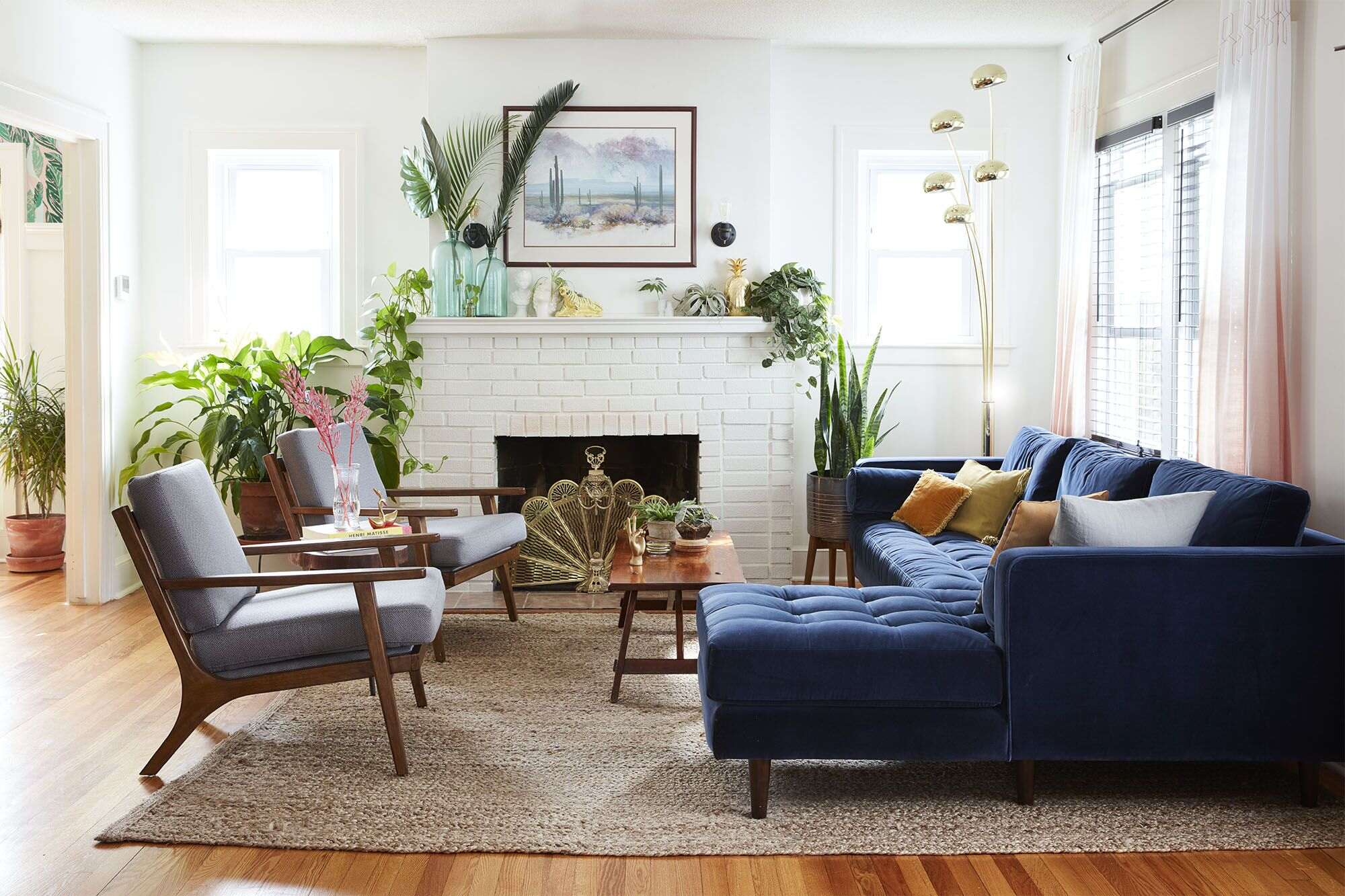
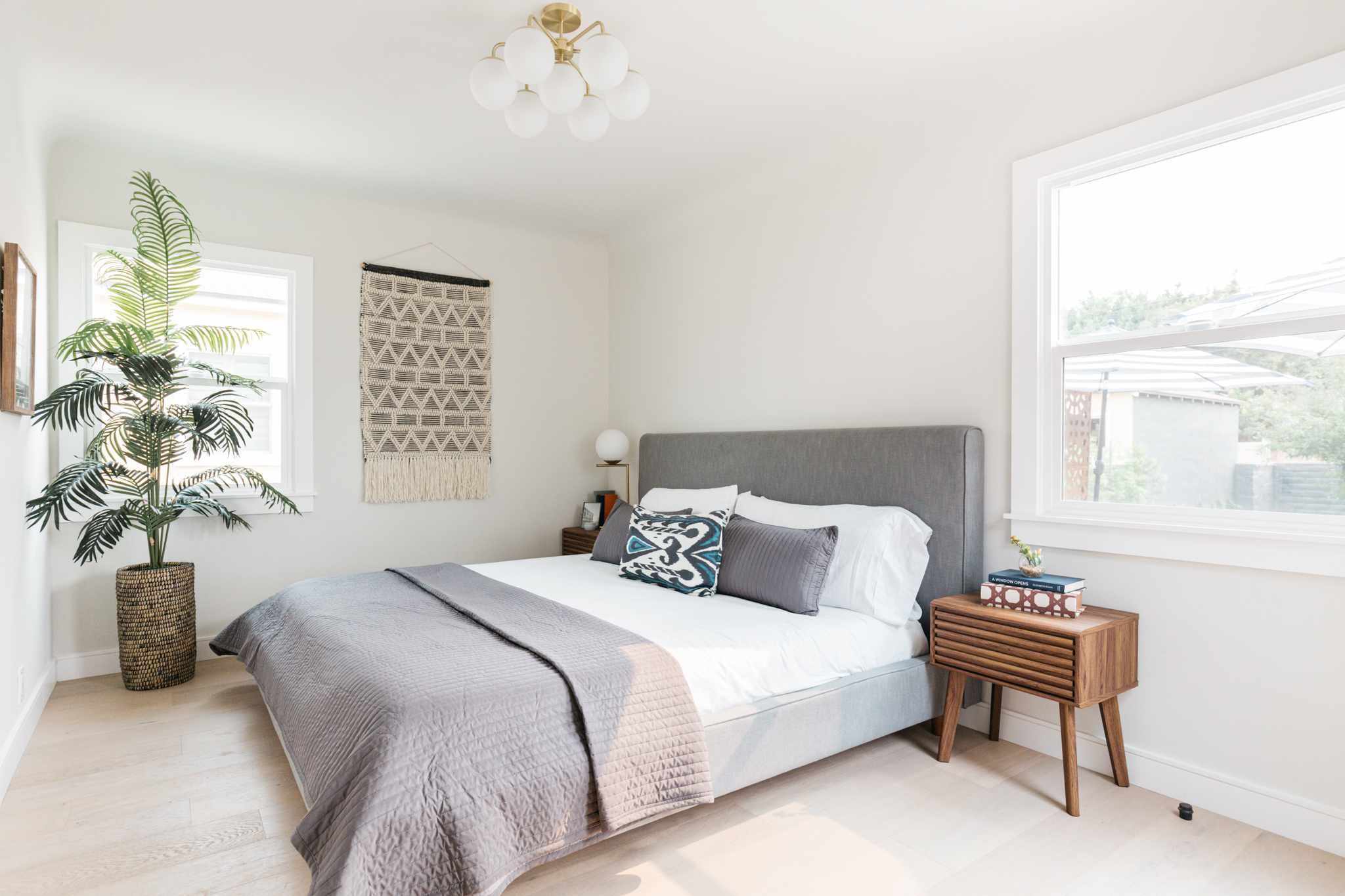
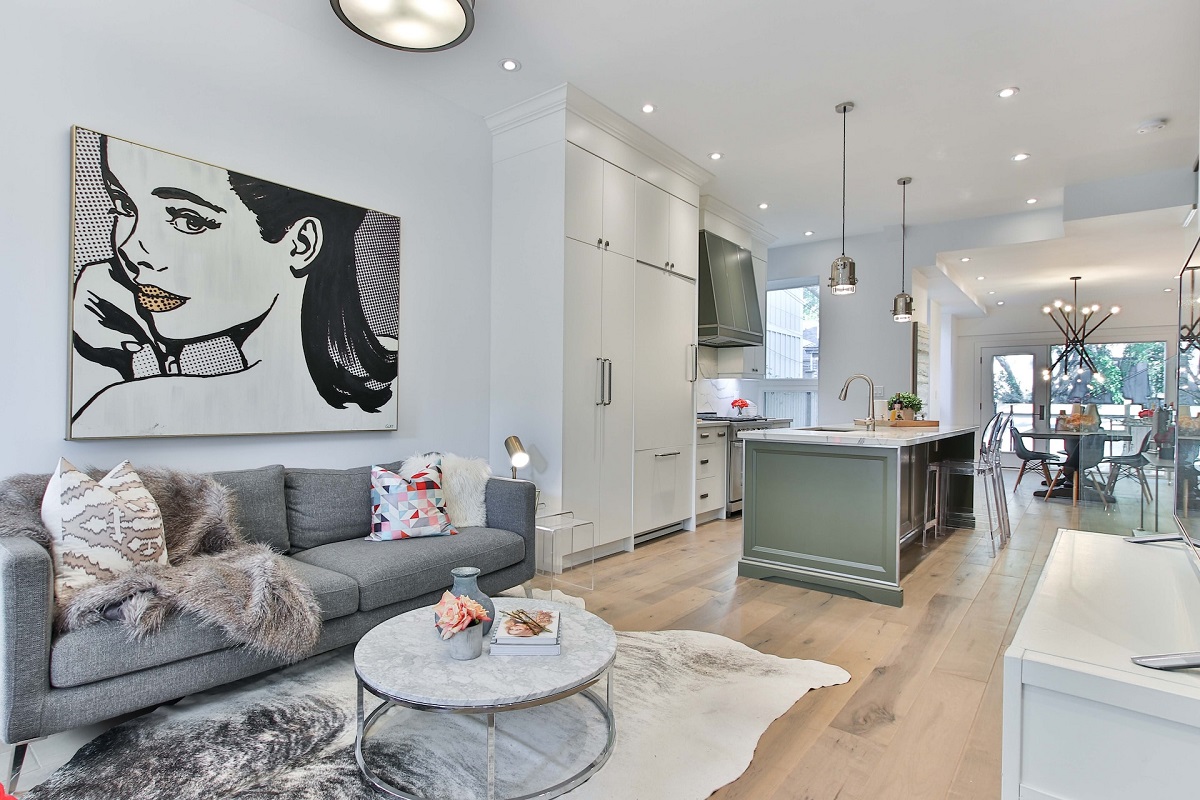
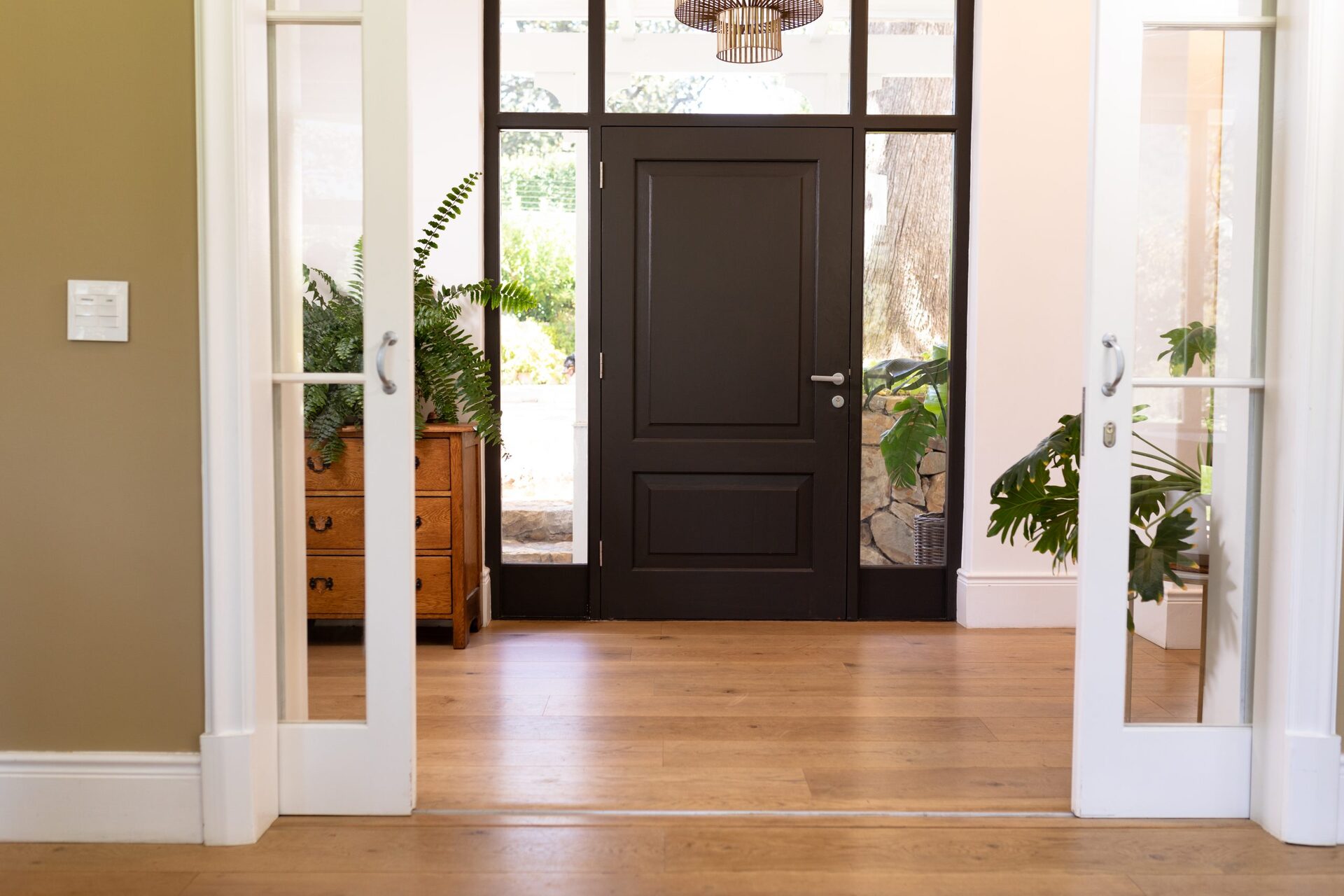
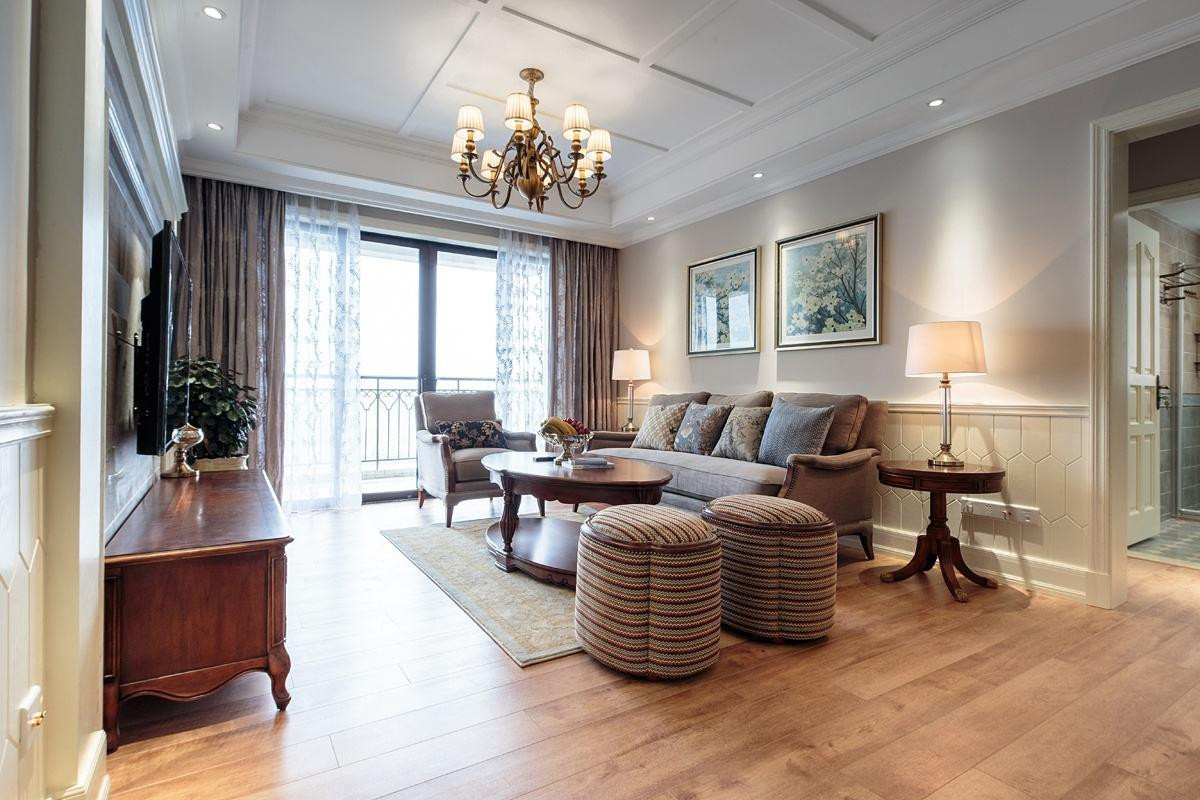

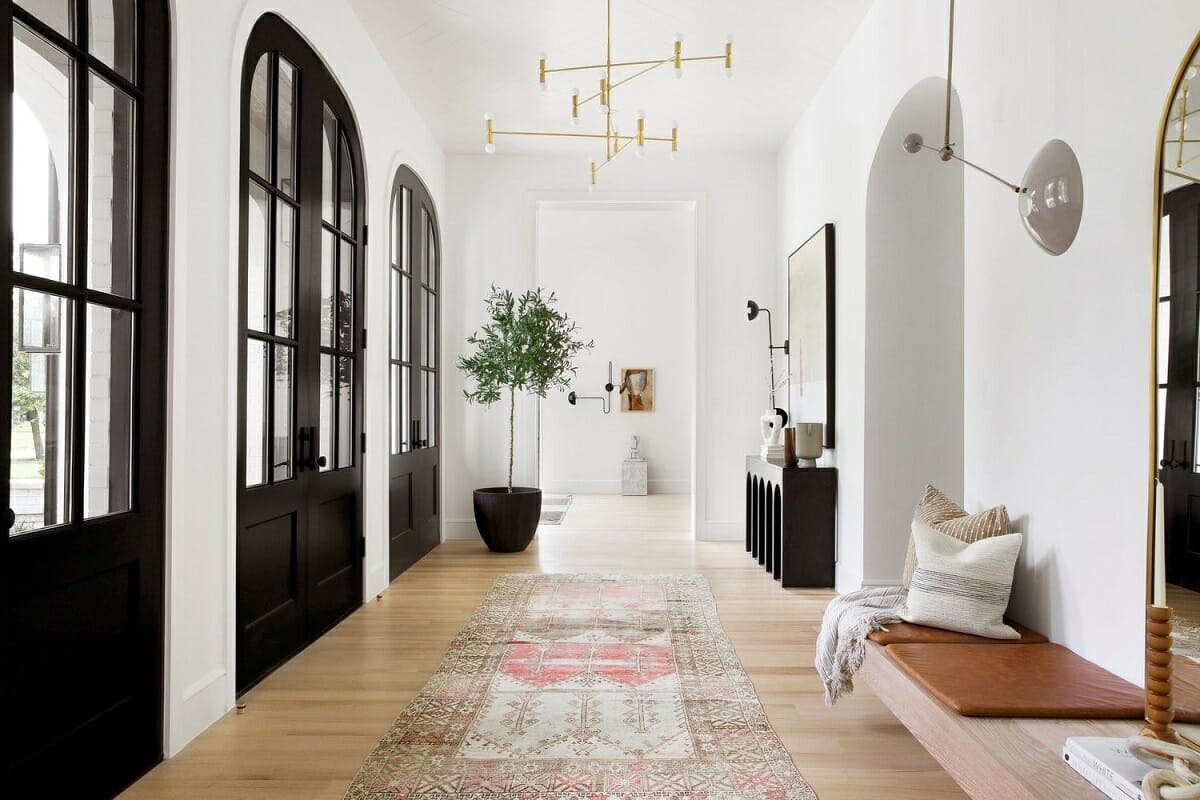
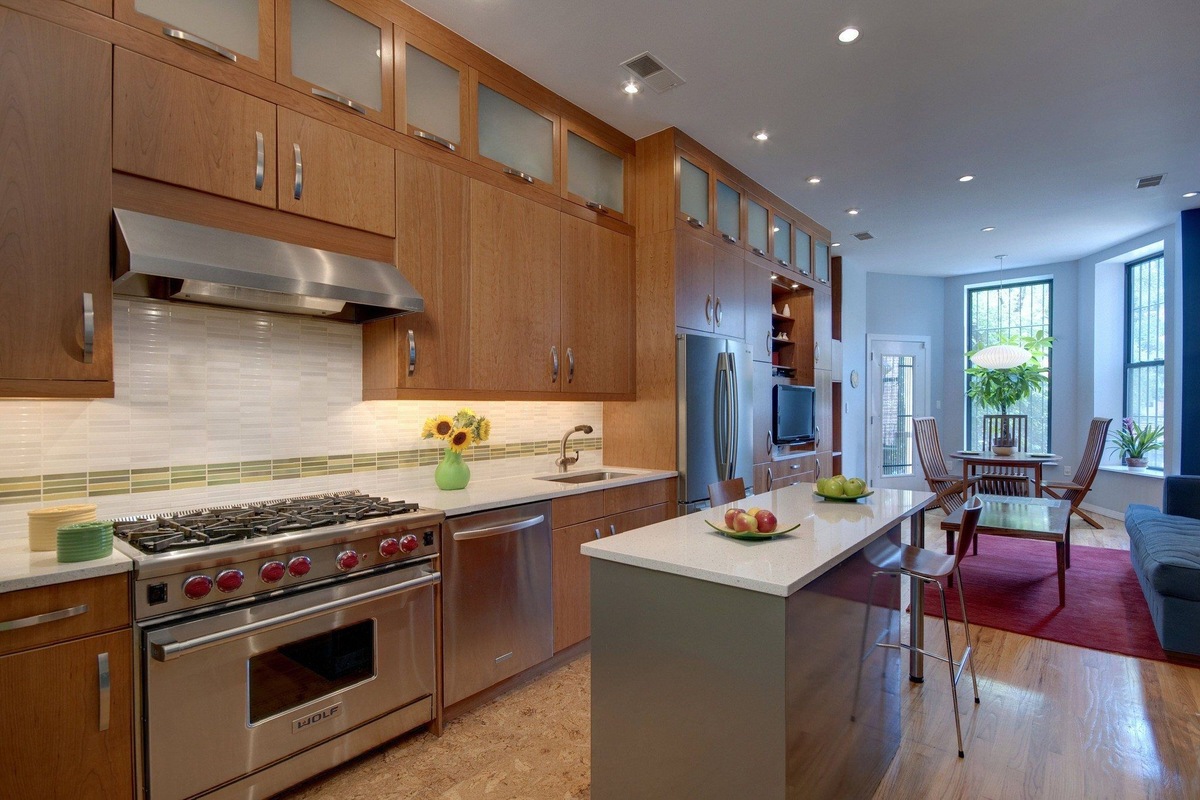
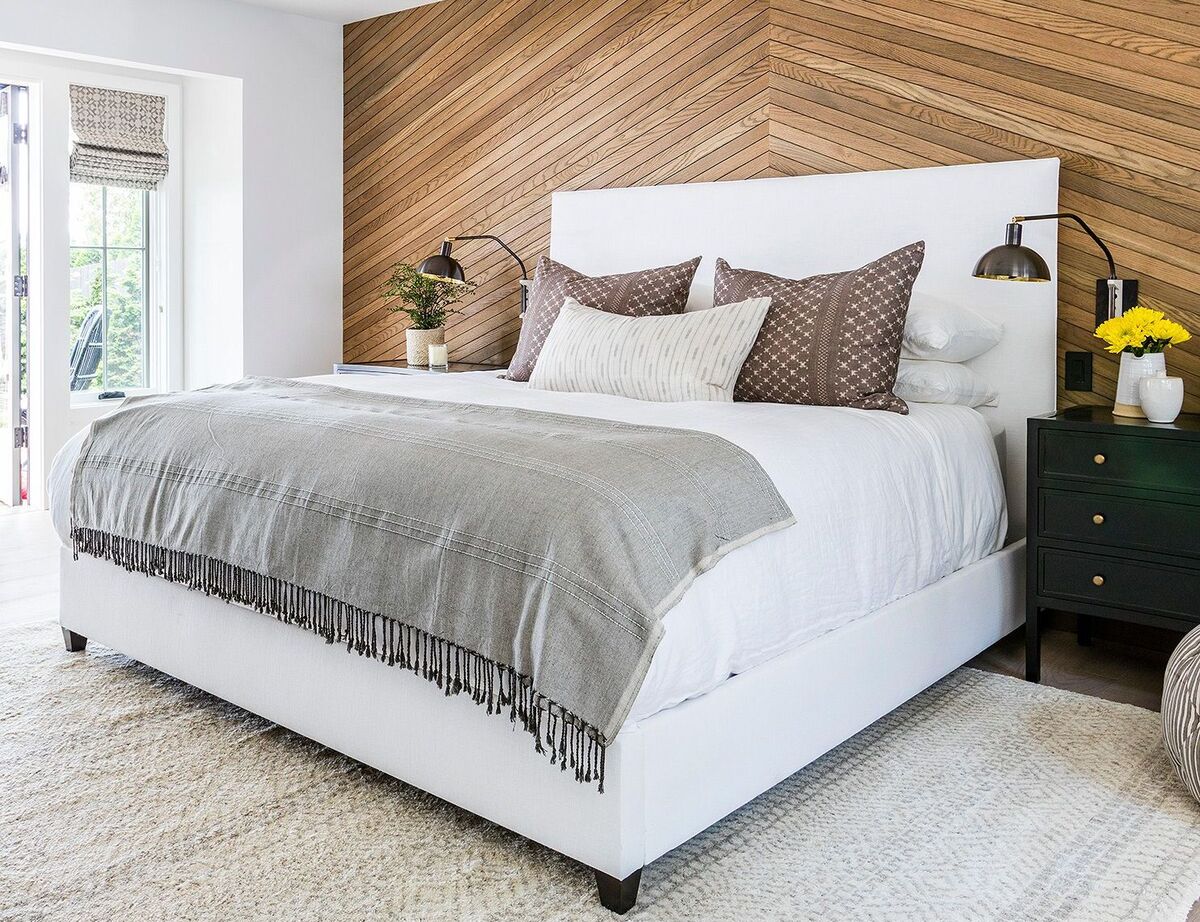
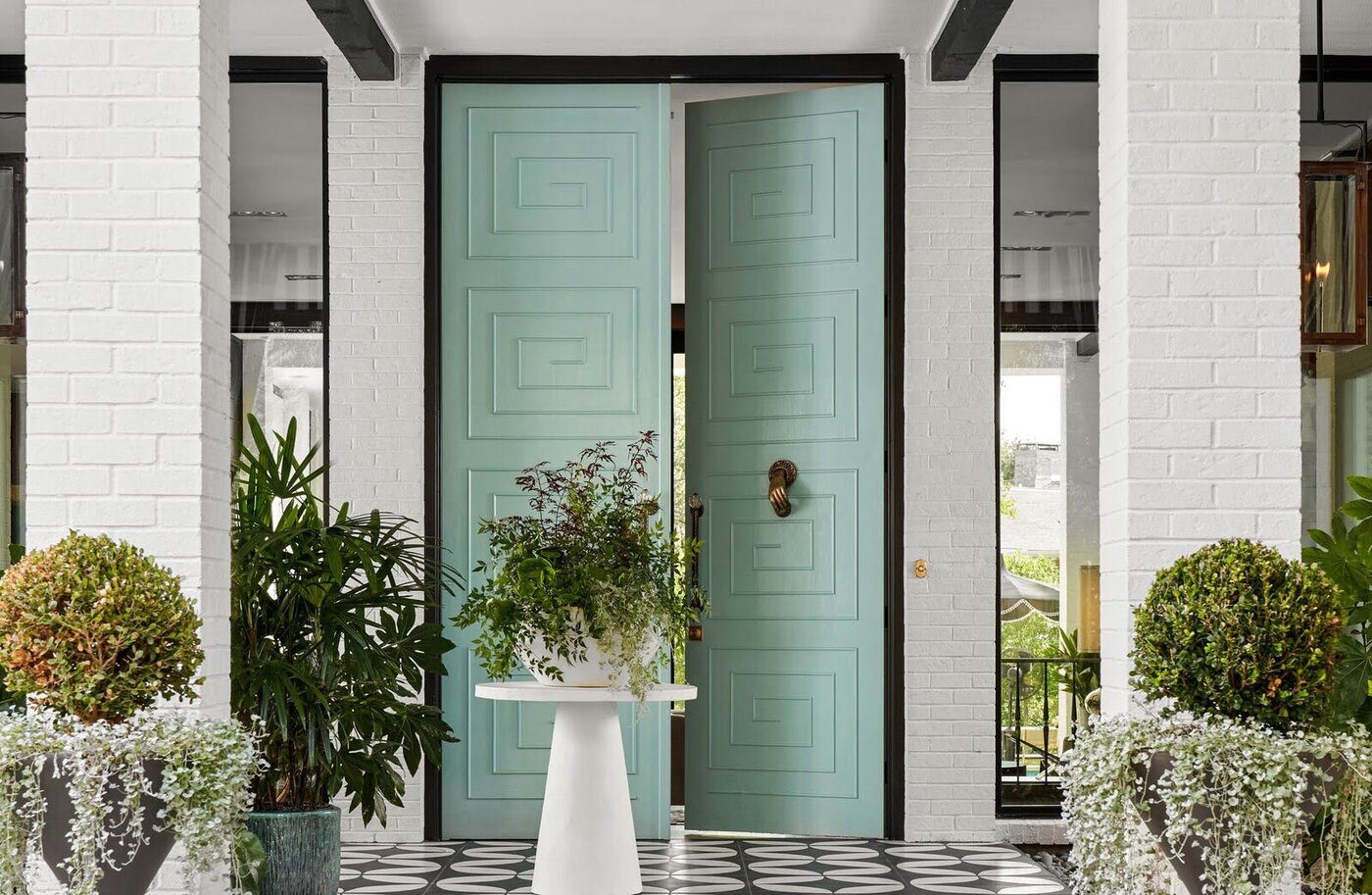
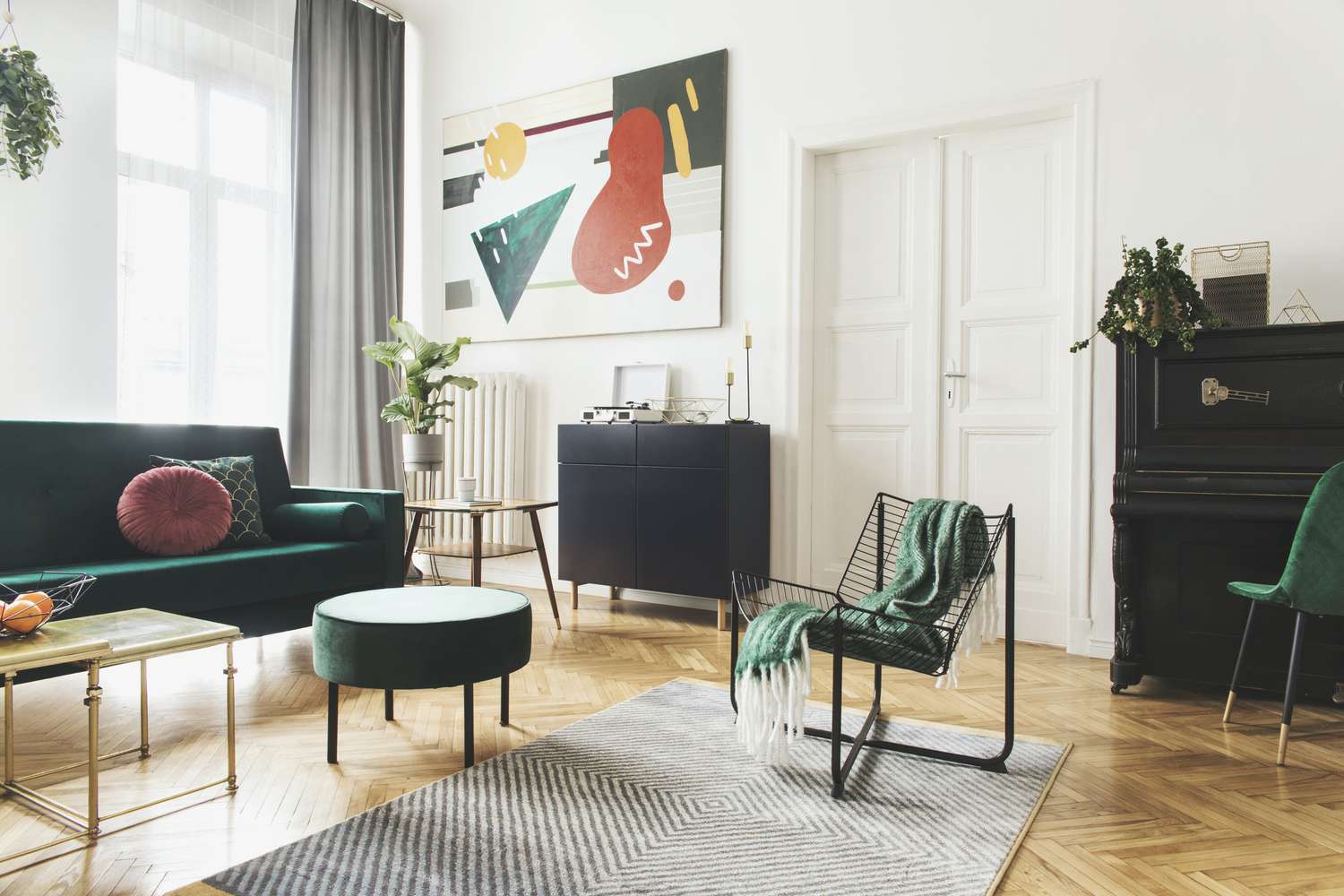
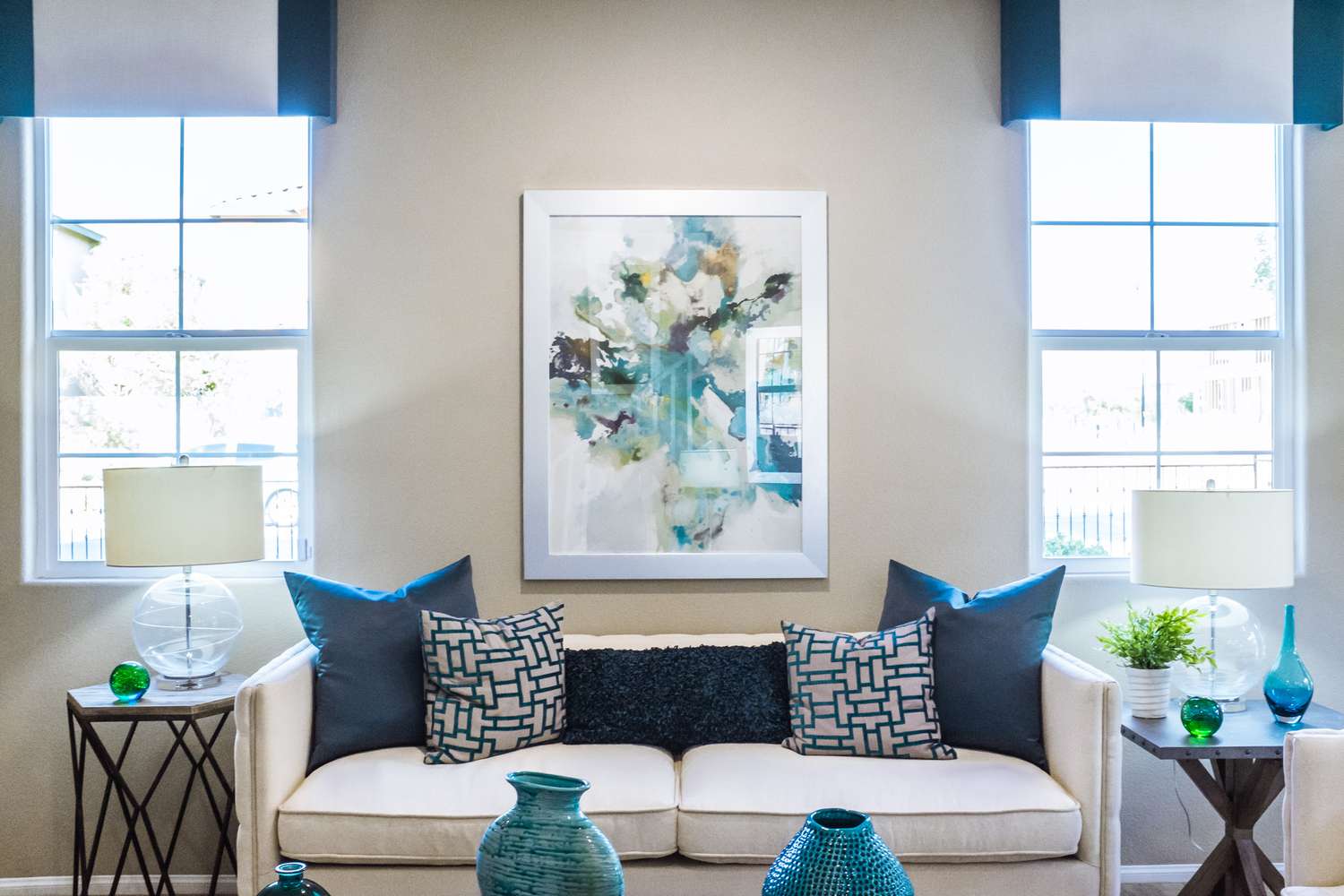

0 thoughts on “How To Design A House According To Feng Shui”